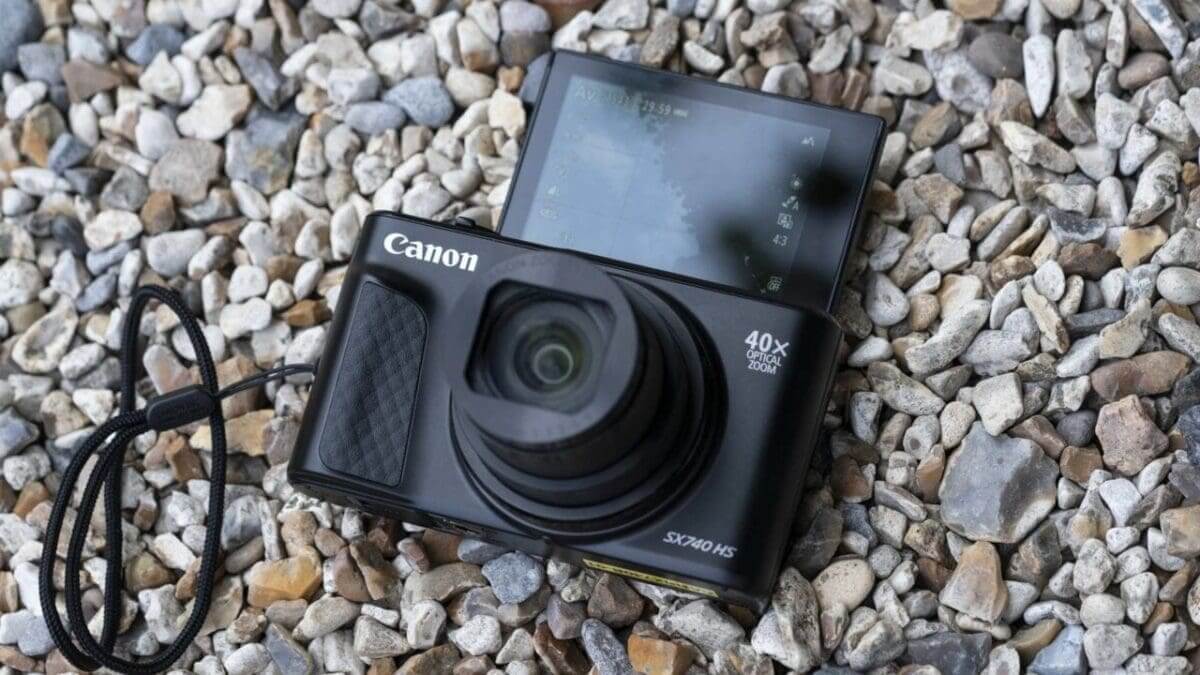Snap Verdict
The Canon PowerShot SX740 HS is almost identical to its predecessor the SX730 HS. However, an upgrade to the processing engine gives the new camera a faster continuous shooting rate and UHD 4K (3840 x 2160) video capability at 29.97/25fps.
The headline feature is a 40x zoom that gives a focal length range equivalent to 24-960mm. And inside there’s a 1/2.3 type back-illuminated CMOS with 20.3 million effective pixels. On the back, there’s a tilting screen which can be flipped through 180degrees for easier selfie shooting. However, there’s no viewfinder built-in.
It produces images that look pretty good at normal viewing sizes, but it’s best to not go pixel peeping, make dramatic crops or use the lens at its longest point.
For
- Huge zoom range
- Pocket-sized camera
- Easy to use
Against
- No viewfinder
- Screen not touch-sensitive
- Poor results at the longest point of the lens
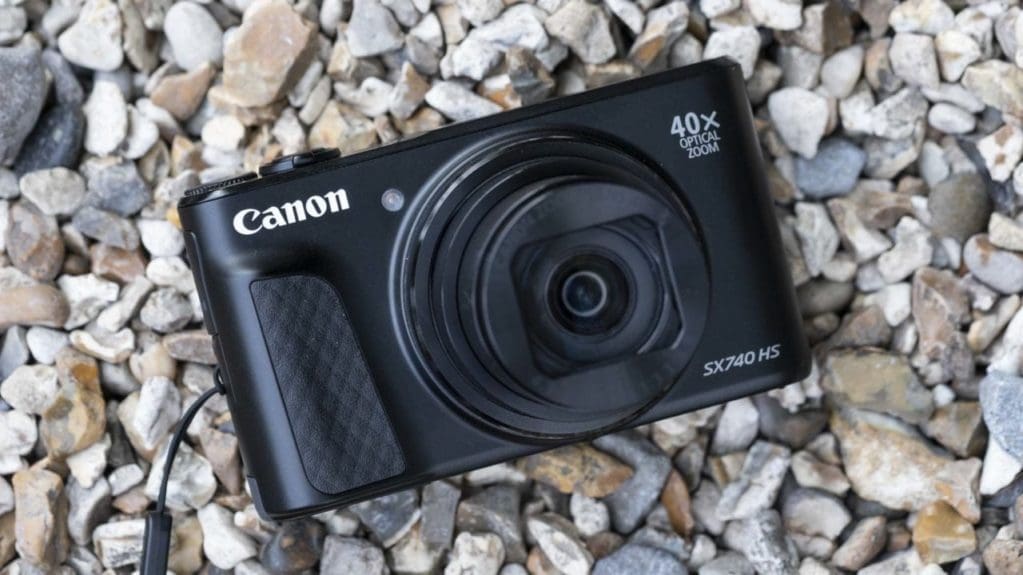
Features
The Canon SX740 HS combines a 20.3Mp 1/2.3 type back-illuminated CMOS sensor with a Digic 8 processing engines and a 4.3 – 172.0mm f/3.3-6.9 lens. In 35mm camera terms, the lens is equivalent 24 – 960 mm. That a huge zoom range, 40x, in fact. It means that you should have plenty of scope for framing a wide landscape and then zooming in to a far distant detail. It makes the Canon SX740 HS an attractive choice for travel.
Unfortunately, it’s not possible to shoot stills in raw format, just jpeg. This is likely to reduce the appeal of the SX740 HS to enthusiast photographers, but nevertheless, the mode dial allows you to set the camera to program, shutter priority, aperture priority or manual exposure mode. In addition, there are plenty of automatic shooting modes including Smart Auto (this is able to detect 29 scenes and set appropriate settings), Hybrid Auto and Creative Shot plus a collection of scene specific modes.
Thanks to the Digic 8 processing engine, the SX740 HS can shoot at up to 7.4fps with continuous autofocusing engaged. Alternatively, if you use single AF mode, the rate can be boosted to 10fps (frames per second).
Sensitivity can also be set from ISO 100-3200.
In addition to the lens and its compact size, the other main headline feature of the SX740 HS is the UHD 4K(3840 x 2160) 30/25fpsvideo capability.
Canon has topped it all off with 5-axis image stabilisation.
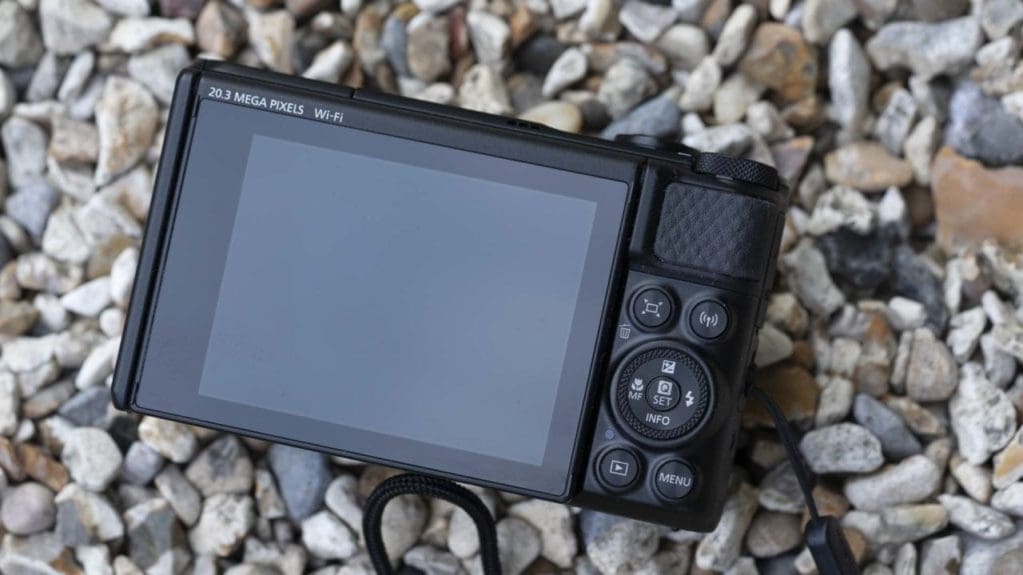
There’s no viewfinder built-in, but the 3-inch 922,000-dot LCD screen can be tilted via a hinge along its top edge. It can be tilted all the way through 180 degrees. That means it’s useful for shooting low-level images or selfies. However, if you want to shoot from above head-height, you’ll have to turn the camera upside down to see the screen.
Build and Handling
Despite its huge zoom range, the SX740 HS is small enough to slip into a jacket pocket or handbag. It has a fairly solid build without hitting the premium mark.
Although it’s easy to get to grips with, it seems odd that there are a couple of scene mode settings available directly via the mode dial. I would have thought portraits, which is within the SCN grouping, would be a more popular choice than sports, for example, which can be accessed directly. I am also surprised to find that there isn’t a landscape mode.
Whether you choose to use the Guided or Standard menu system, the camera is easy to use. Pressing the Q button at the centre of the navigation pad reveals the key image parameters for adjustment. Pressing the menu button reveals a longer but not excessive list of features.
The exposure settings can be adjusted quickly using the dial around the navigation pad on the back of the camera. In manual exposure mode, pressing the up button toggles you between shutter speed, aperture and exposure compensation (if you have Auto ISO selected).
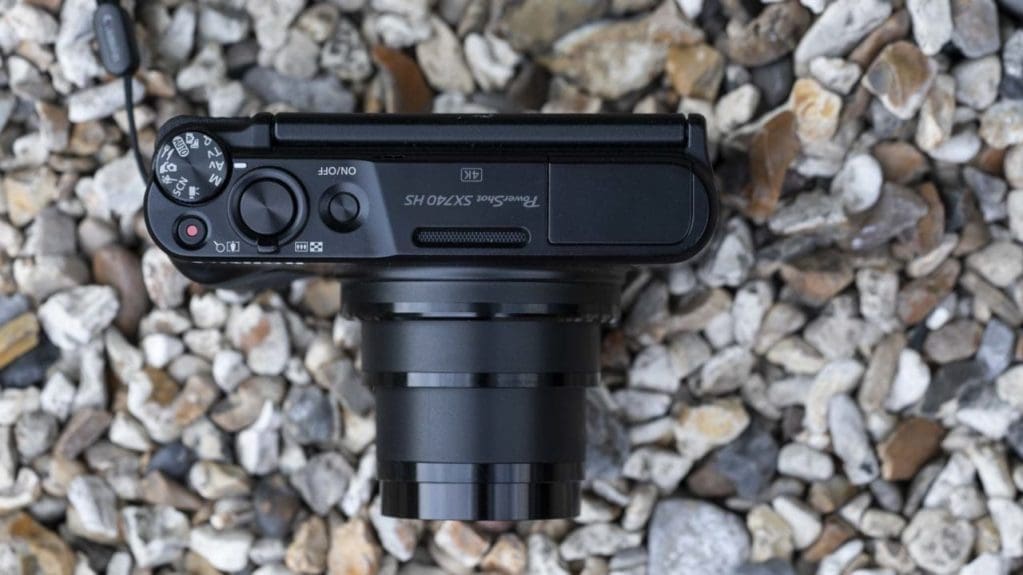
Composing Images
As there’s no viewfinder built-in, images must be composed on the screen. Indoors and in overcast conditions, that’s fine. However, in bright conditions, it can be hard to compose shots accurately. On a sunny day at the coast, for example, I found it hard to ensure that the horizon was level because I couldn’t see enough detail in the frame.
This may sound a harsh criticism, after all, there are plenty of compact cameras (and all mobile phones) that don’t have a viewfinder. However, the SX740 HS is pitched as a travel camera, one that you might take on your holidays. So it’s worth bearing in mind that it can be hard to see the image in bright sunlight.
The zoom lens seems incredible when you first start zooming into a scene. It seems to go on forever. And you can pick out details that are hardly visible in the wide angle image. However, it doesn’t take long to realise that it’s hard to frame shots at the longest point of the lens if you’re hand-holding the camera. Even tiny movements have a dramatic impact upon the framing. It means you have to take several shots in the hope of getting the right subject in the image.
Performance
By and large, at wide-angle and short telephoto focal lengths, the Canon PowerShot SX740 HS produces attractive images with vibrant colours. Occasionally, however, green grass can look a bit over saturated in stills and video.
As is often the case, the best results are produced in bright conditions.
The results at the longest point of the lens, however, are quite varied and in some cases, pretty awful. Focusing slows down at the longer reach and it can result in missed shots or out of focus images. When it does manage to get the scene sharp, the details look rather smoothed or in some cases have a painterly appearance. Of course, this isn’t helped by the fact that in many instances you’re shooting through more atmospheric haze than you would with a shorter lens. It depends upon the distance to your subject.
Image Quality
Images shot at the shorter end of the lens and at low sensitivity settings have a good level of detail visible at normal viewing sizes. If you zoom in to 100% there are hints here and there of some slight smudging and oversharpening of edges, but it’s nothing too troubling.
Pushing the sensitivity up towards the ISO 3200 maximum doesn’t increase noise levels very much. However, the images start to get a little mushy. Using the longer end of the lens has a similar effect.
It’s tempting to use the 960mm to pick out distant details in a landscape, but the results aren’t very rewarding.
At the wide-angle end of the lens, the autofocus system is reasonably fast. However, you can’t switch between AF points. You have a choice of Face AiAF, Tracking AF and a single frame in the centre. Some if you want to target an area it’s best to opt for the single frame and then focus and recompose.
Alternatively, you can let the camera select an AF point itself. Often it will get it right and deliver you a sharp shot.
Sample Photos
Follow the link to view and download full resolution images.
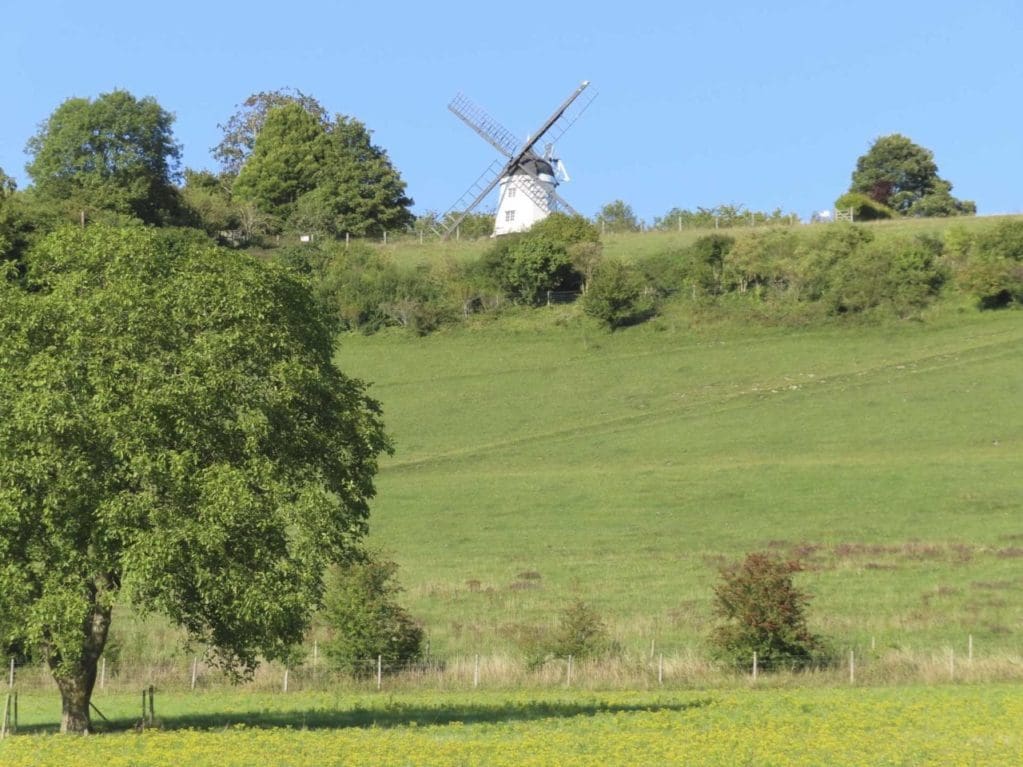


Shot at 24mm: the details in the shadows are quite mushy
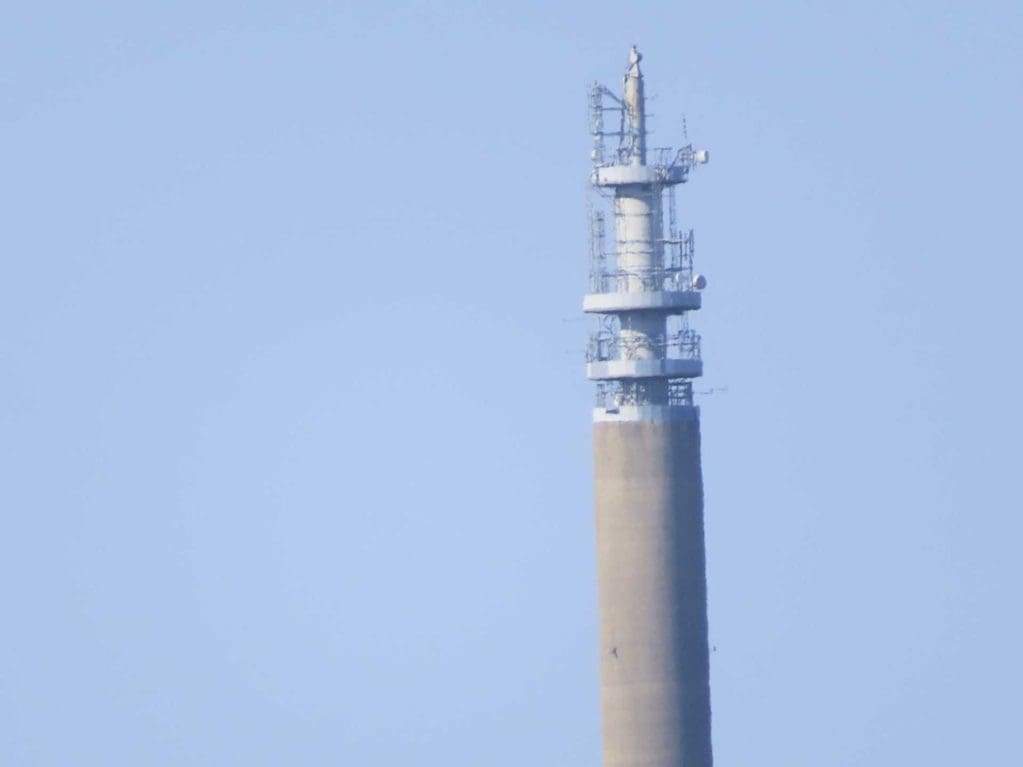
Shot from the same location as the previous image but at 960mm
Verdict
An optical zoom lens is one of the key distinguishing features between a compact camera and a smartphone. The PowerShot SX740 HS builds on that with its 40x zoom. However, the results at the longest end of the lens are disappointing.
It’s also hard to frame your shot and keep the main subject in the frame at such a long focal length.
Add in the lack of a viewfinder, the lack of control over the AF point and the lack of a touch-screen and the SX740 HS really fails to shine. I’d rather take a drop in the focal length and opt for the Panasonic TZ90/SZ70.
